
Young Scientists Club
The Young Scientists Club is a science enrichment program for elementary school children. In Fall 2025, we will be holding a 7-week session as a weekly before-school club for 2nd and 3rd graders at Carmel Creek Elementary. During club meetings, students participate in hands-on interactive activities that demonstrate key scientific concepts. The club is run by Prof. Elena Koslover, with the aid of students, postdocs, and faculty from the UCSD physics department, parent volunteers, and volunteer scientists from the local community. It is funded as an outreach activity through a grant from the National Science Foundation. There is no cost to participate.
Due to constraints on space and resources, the club is limited to approximately 40 students during each session. When the demand exceeds the number of spots available, entry is through a lottery system. If you are interested in signing up for the club, look for flyers sent home with your child in August and again in January.
The Fall 2025 session will start on September 11. The activities for this session will focus on Forces and Motion. These will mostly be a repeat of activities from the Fall 2023 session.
If you are a parent or scientist and would like to help organize, create, or run the YSC activities, please contact Lena Koslover. If your child is attending the current session, we need some parent volunteers to help supervise. Please contact Lena Koslover for a link to the sign-up sheet.
Activity Worksheets: Fall 2025, 2023, Forces and Motion
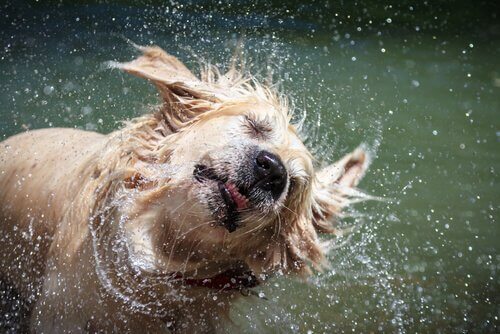
Inertia
Exploring motion
Students will become familiar with Newton's 1st Law, demonstrating that objects sit still or keep moving with a constant velocity until something pushes them. We will observe inertia in action by watching rolling balls and dropping objects while on the move.
Activity dates: 9/11/2025, 8/31/2023, 9/8/2022
(BFSU connection: lesson C5)
pdf worksheet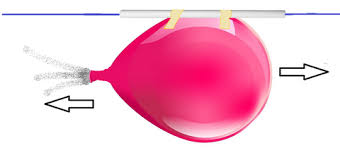
Newton's Laws
Exploring forces and inertia with balloon rockets.
Students create balloon rockets that zip across the room. We will discuss how jet propulsion works, and explore the effect of mass on how quickly the balloons move. A pendulum will be used to see the effect of inertia as the balloon rockets speed up and slow down.
Activity dates: 9/18/2025, 9/7/2023, 9/15/2022, 6/4/2020
(BFSU connection: lesson C5, C7)
pdf worksheet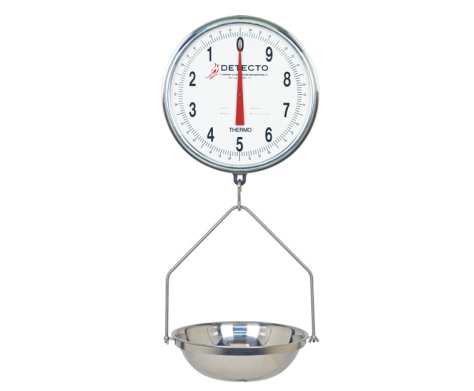
Mass and Weight
Measuring the force of gravity
Students will make their own spring scale to measure forces. Using pennies as a standard mass, they will demonstrate that the force with which gravity pulls on an object goes up with the mass of the object. The distinction between mass (amount of material) and weight (force of gravity) will be discussed.
Activity dates: 9/25/2025, 9/14/2023, 9/22/2022
(BFSU connection: lesson C3A)
pdf worksheet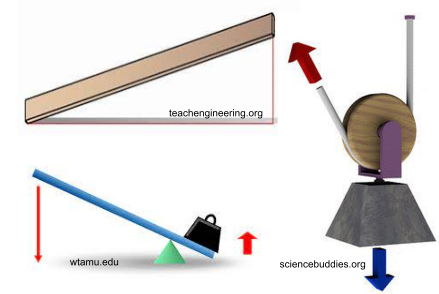
Simple Machines
Doing work with less force
Students will use a few simple machines (inclined plane, pulley, lever) to lift loads to a certain height, while measuring the force required to do so. They will demonstrate that the same load can be lifted with a smaller force using these machines. We will discuss the general principle: Work = force times distance. To accomplish the same end result, a smaller force has to act over a longer distance.
Activity dates: 10/2/2025, 9/21/2023
(BFSU connection: lesson C11, C12)
pdf worksheet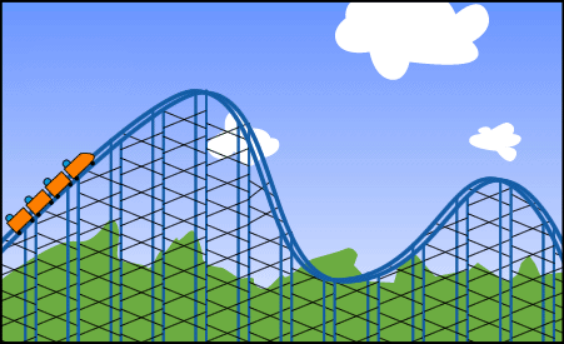
Kinetic and Potential Energy
Marble Roller Coasters
Students experience the conversion between kinetic and gravitational potential energy by constructing simple tracks for rolling marbles. Conservation of energy and the loss of mechanical energy due to friction are discussed. Students measure the maximum height of loops and hills that a marble can get over from a given starting height.
Activity dates: 10/9/2025, 9/28/2023, 10/20/2022
(BFSU connection: lesson C3)
pdf worksheet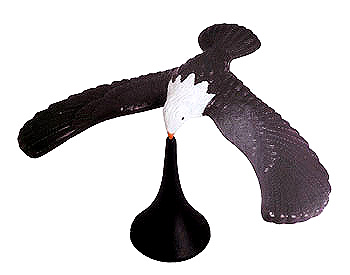
Center of Mass
The Amazing Floating Butterfly
Students will discover how the center of mass serves as the "balance point" of an object. They will find the center of mass of a cut-out butterfly and learn how to shift that center so that the butterfly can be balanced on its extreme tip. They will also explore how placing the center of mass underneath the support allows an object to be in stable equilibrium.
Activity dates: 10/16/2025, 10/5/2023, 10/6/2022, 2/12/2021
(BFSU connection: lesson C9)
pdf worksheet
More advanced version: pdf worksheet
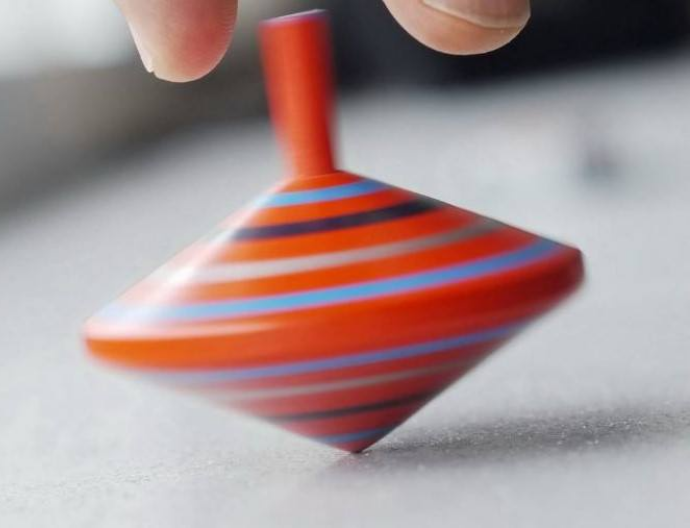
Rotational Inertia
Spinning Tops and Rolling Races
Students gain hands-on intuition for rotational inertia by manipulating spinning toys and by making batons with different mass distributions. They set up races for rolling objects of different shapes (hollow vs solid), relating the rate of rolling to the distribution of mass around the spinning axis. Applications of rotational inertia in sports are discussed.
Activity dates: 10/23/2025, 10/27/2022
pdf worksheetActivity Worksheets: Winter 2025, 2023; Matter and Fluids
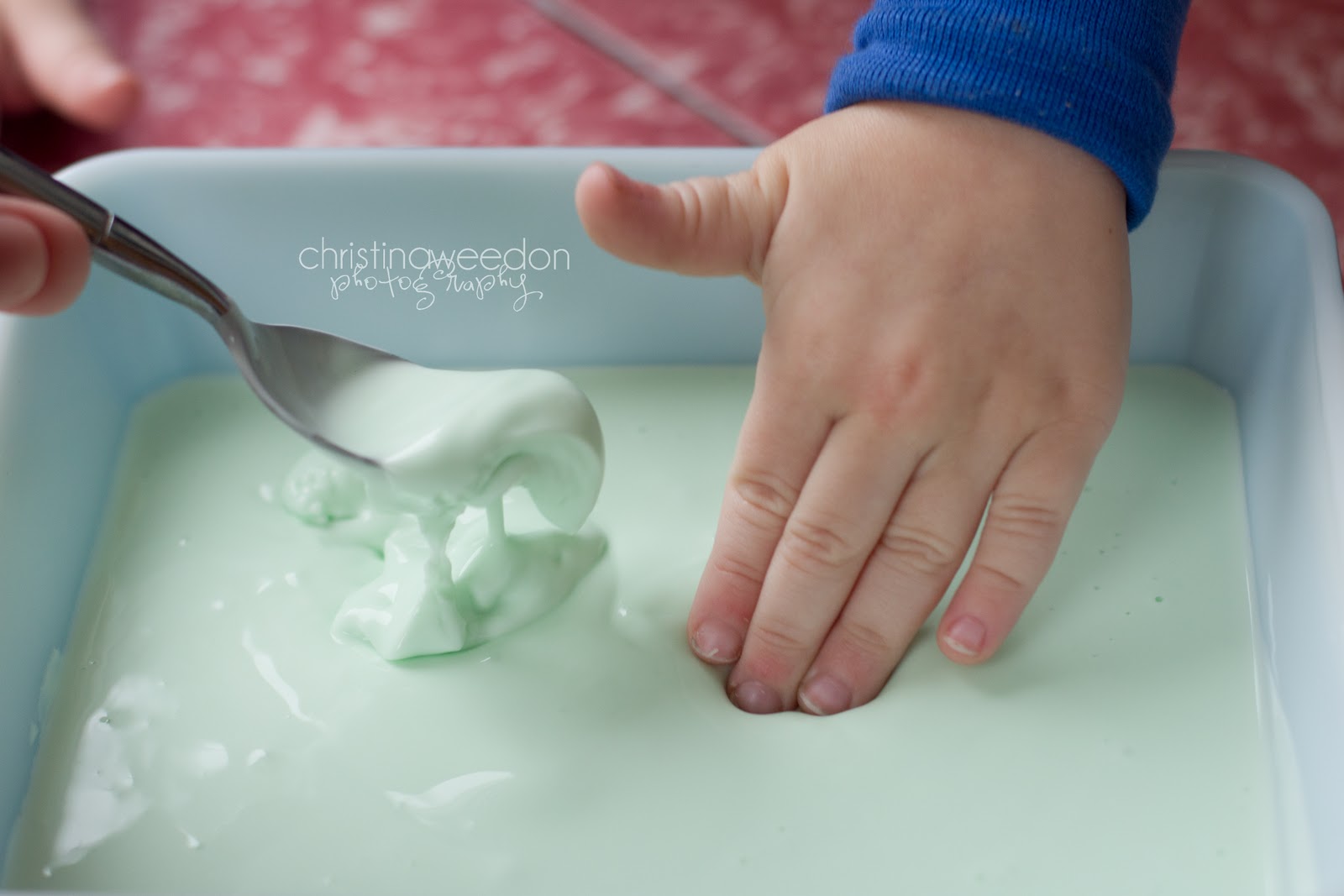
States of Matter
Solid, fluid, and in between
Students examine solid and fluid materials, demonstrating that solids undergo elastic deformation in response to small forces and fracture in response to large ones, and that fluids tend to maintain a constant volume. They then make a batch of Oobleck -- a viscoelastic material that behaves as a solid in response to short rapid forces and as a liquid in response to slow forces.
Activity dates: 1/30/2025, 1/19/2023
(BFSU connection: lesson A2)
pdf worksheet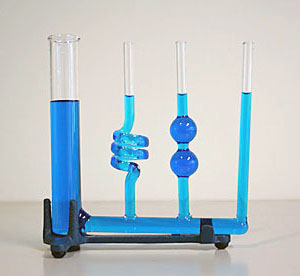
Pressure in Fluids
Pushing around air and water
In this activity, students will explore pressure in gasses and liquids. Using movable plungers, they will directly feel the relationship between pressure and volume of a gas and notice that water does not change volume under pressure. They will then use a spurting fountain to demonstrate the relationship between pressure and depth. We will also make simple siphons to transfer water over an obstacle, demonstrating how water in a connected container will `seek its own level'.
Activity dates: 2/6/2025, 1/26/2023
(BFSU connection: lesson A3, A6)
pdf worksheet2023 pdf worksheet (air pressure only)
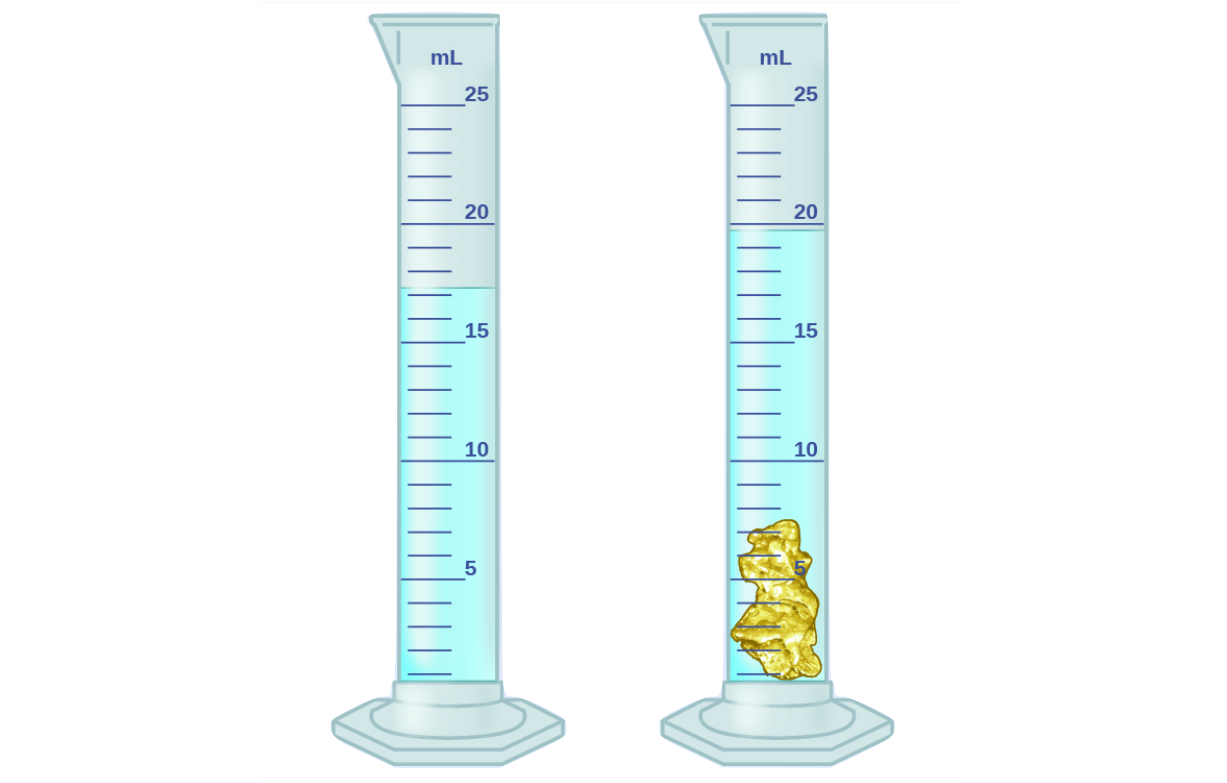
Density of Materials
Measuring mass, volume, and density
Students will learn about the concept of density as the mass per unit volume of an object. We will identify the material that pennies and dimes are made off by comparing them to pure metals. We will also compare densities of glass, plastic, metal, and rock and identify the true nature of a seemingly `golden' rock, a la Archimedes. This activity will introduce students to the use of scales and graduated cylinders, and to the notion of measurement precision and error.
Activity dates: 2/13/2025, 2/2/2023, 4/23/2022
(BFSU connection: lesson A15)
pdf worksheetpdf worksheet with answers
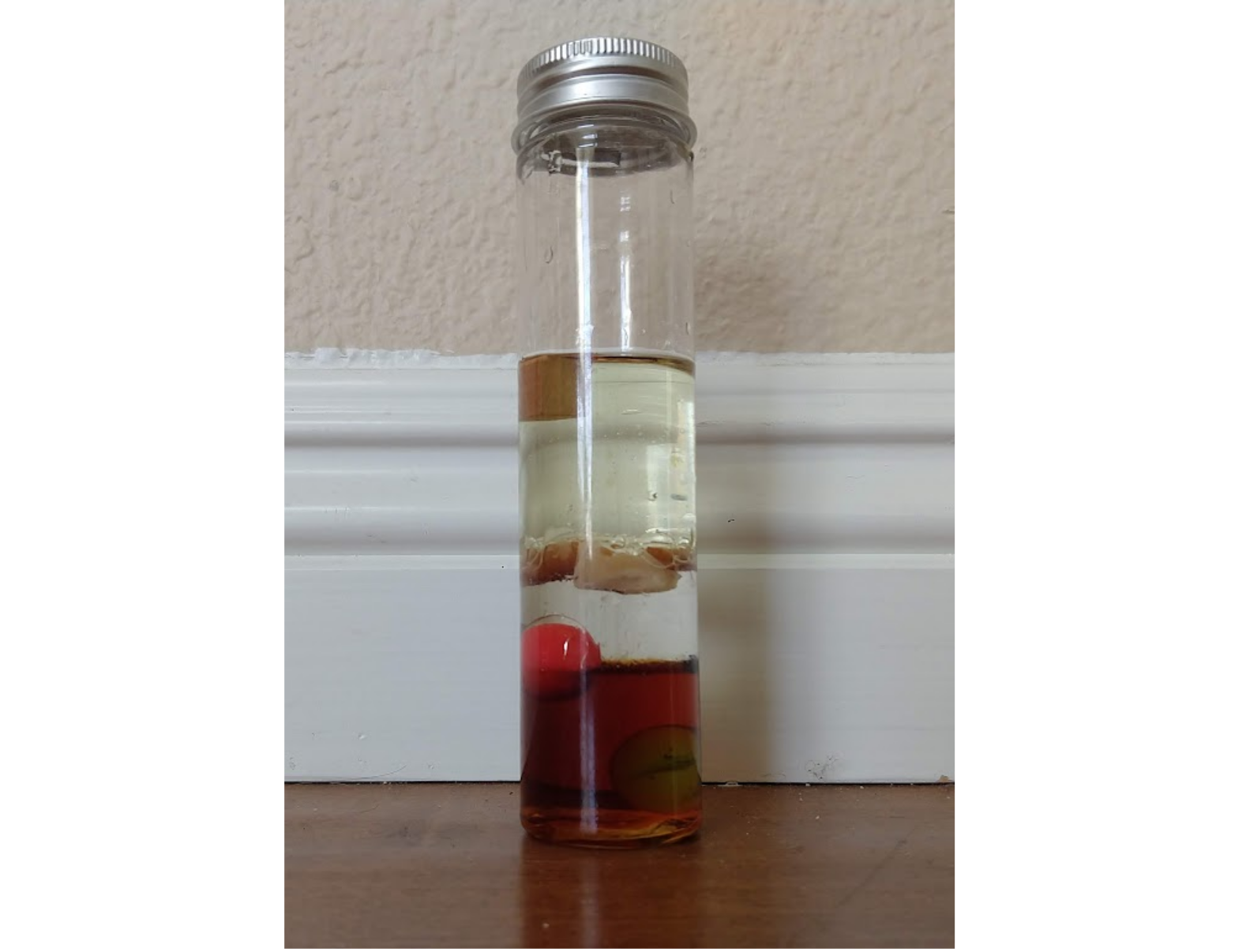
Float versus Sink
Density of fluids
Students will measure densities of common fluids and learn that objects with lower density than the surrounding fluid will float. They will make a density column with three fluids and several common objects, predicting the order of the layers and the location where each object floats. They will then make their own "lava-lamps" with floating gas bubbles and sinking water droplets in a tube of oil, powered by an acid-base reaction.
Activity dates: 2/27/2025, 2/9/2023, 4/23/2022
(BFSU connection: lesson A15)
pdf worksheetpdf worksheet with answers
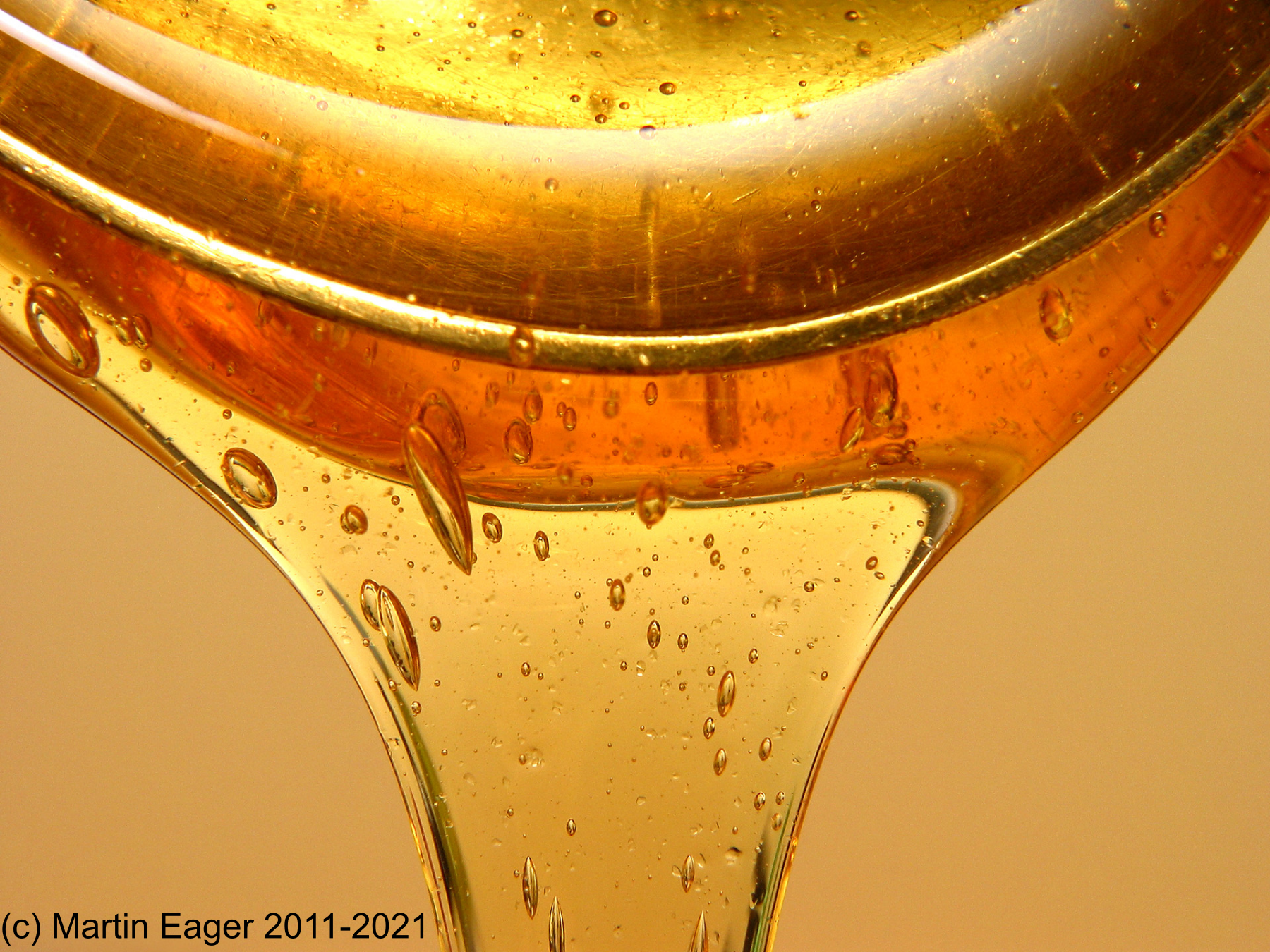
Fluid Viscosity and Drag
How Fluids Resist Flow
Students will buld a simple viscometer and use it to compare the flow rates and viscosities of different common fluids. They will then gain first-hand experience with viscous drag, by pulling a paperclip through fluids with a weak magnet at different speeds. Large drag forces due to fast speeds or high viscosities will rip the paperclip off the magnet. The maximum achievable speed can be compared among the fluids and will vary according to their measured viscosities.
Activity dates: 3/6/2025, 2/16/2023, 5/14/2022
pdf worksheet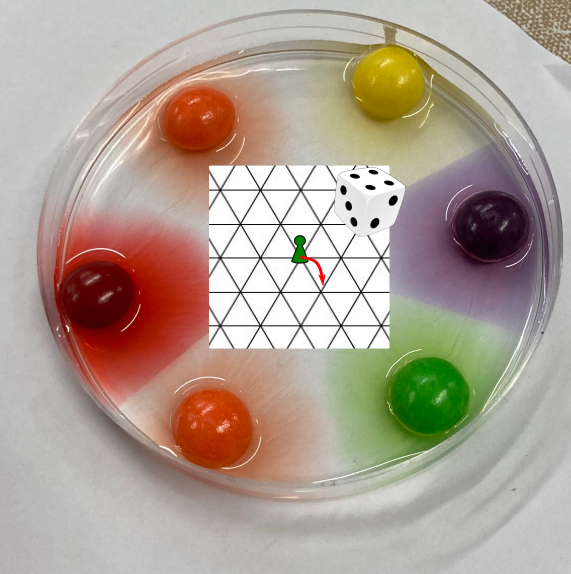
Diffusion in Fluids
Spreading through Random Walks and Density Gradients
Students will run simulations (rolling dice) to demonstrate how the random jiggling of molecules in a solution leads to diffusion: the spreading of particles from high concentration to low concentration regions. By comparing transit times, they will see that diffusion across longer distances becomes very slow. We will also note that density or gradients can allow for faster spreading as solute molecules push each other out of a dense region. By watching the movement of colored dye away from dissolving skittles, students will observe how solute molecules spread out rapidly from a region of high density and then mix much slower by random-walk diffusion once the density gradient is gone.
Activity dates: 3/13/2025, 3/2/2023, 11/18/2020
(BFSU connection: lesson A11)
pdf worksheetTemplate for simulating randomwalk
Alternate worksheet from APS Squishy Science festival at APS 2024, including diffusion, active transport, and density gradients
Alternate worksheet from 2020, covering diffusion and mixing in active fluids.
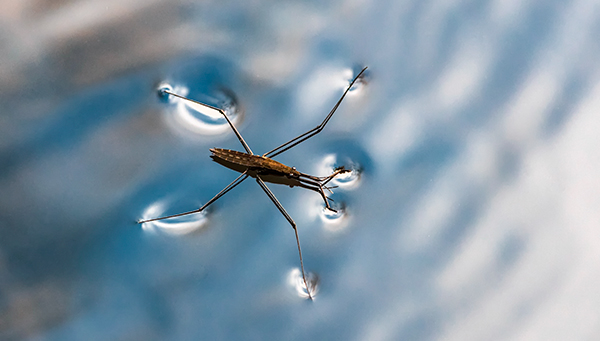
Surface Tension
Exploring the effect of surfactants on surface tension.
Students observe how surface tension can hold a large drop of water together and how the effects of surface tension are reduced by the addition of soap. They also experiment "popping" the surface layer of water: making currents by forming a sufrace tension gradient. These currents are used to make tie-dye patterns in milk.
Activity dates: 3/20/2025, 3/9/2023, 4/23/2020
pdf worksheet
Activity Worksheets: Fall 2024; Living Systems
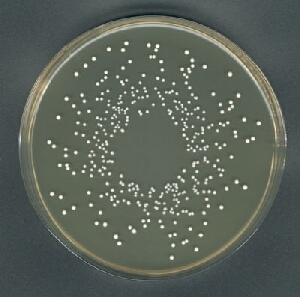
Microorganisms
Living creatures too small to see
Students will explore the word of microscopic organisms, discovering how tiny replicating creatures can be found just about anywhere. They will swab surfaces and grow bacterial colonies on agar plates. They will test various antibacterial products to see how well they inhibit bacterial growth. Using an drop of pond water and a laser pointer they will magnify and see live swimming creatures from the local pond. This activity will stretch over 2 weeks.
Activity dates: 9/12/2024)
(BFSU connection: lesson B18,B20)
pdf worksheet
Replication and Exponential Growth
Explosive growth of dividing organisms
Students will observe bacterial and/or mold growth from their samples taken in the previous week. They will also explore what happens when living organisms keep dividing again and again. Using cheerios as a model, they will become familiar with the rapidly rising exponential growth curve that is often seen in epidemiology, demographics, and elsewhere.
Activity dates: 9/19/2024)
(BFSU connection: lesson B16)
pdf worksheet
Camouflage and Natural Selection
Evolution of the Critterbugs
Students will simulate how predation on an animal species can provide evolutionary pressure that leads to adaptations such as camouflage. Slips of paper representing critters of different colors will be used to explore natural selection, demonstrating how traits in a population can change over time without any individual animal changing its characteristics.
Activity dates: 9/26/2024, 1/6/2021
(BFSU connection: lesson B5A)
pdf worksheetLonger prior version of this activity (including mimicry): pdf worksheet
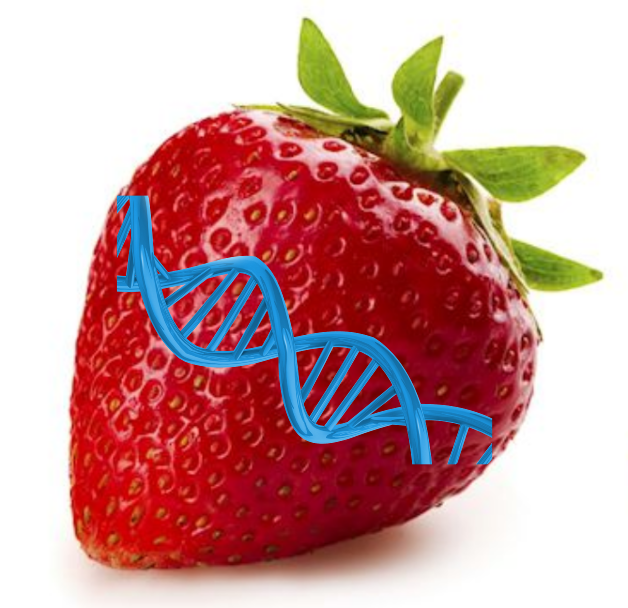
DNA and the Genetic Code
Isolating DNA from strawberries
Students will learn how the information that encodes a living creature is stored in two parallel strands of DNA, and how separating and copying these strands allows cells to pass information to the next generation. We will then extract DNA from strawberries and note how the entangled long chains of DNA make a viscoelastic materials. Students will try their hand at packaging a length of string equal to the length of DNA in a human cell, and marvel at just how compactly the genome is stored.
Activity dates: 10/3/2024, 5/18/2023, 2/27/2020
pdf worksheet
Digestive System
From food to poop
Students will model the different steps of the digestive system, from chewing food to peristalsis in the esophagus, chemical breakdown with stomach acid, and absorbtion of nutrients in the small intestine. We will discuss the difference between mechanical and chemical digestion and the function of each anatomical structure.
Activity dates: 10/10/2024
pdf worksheet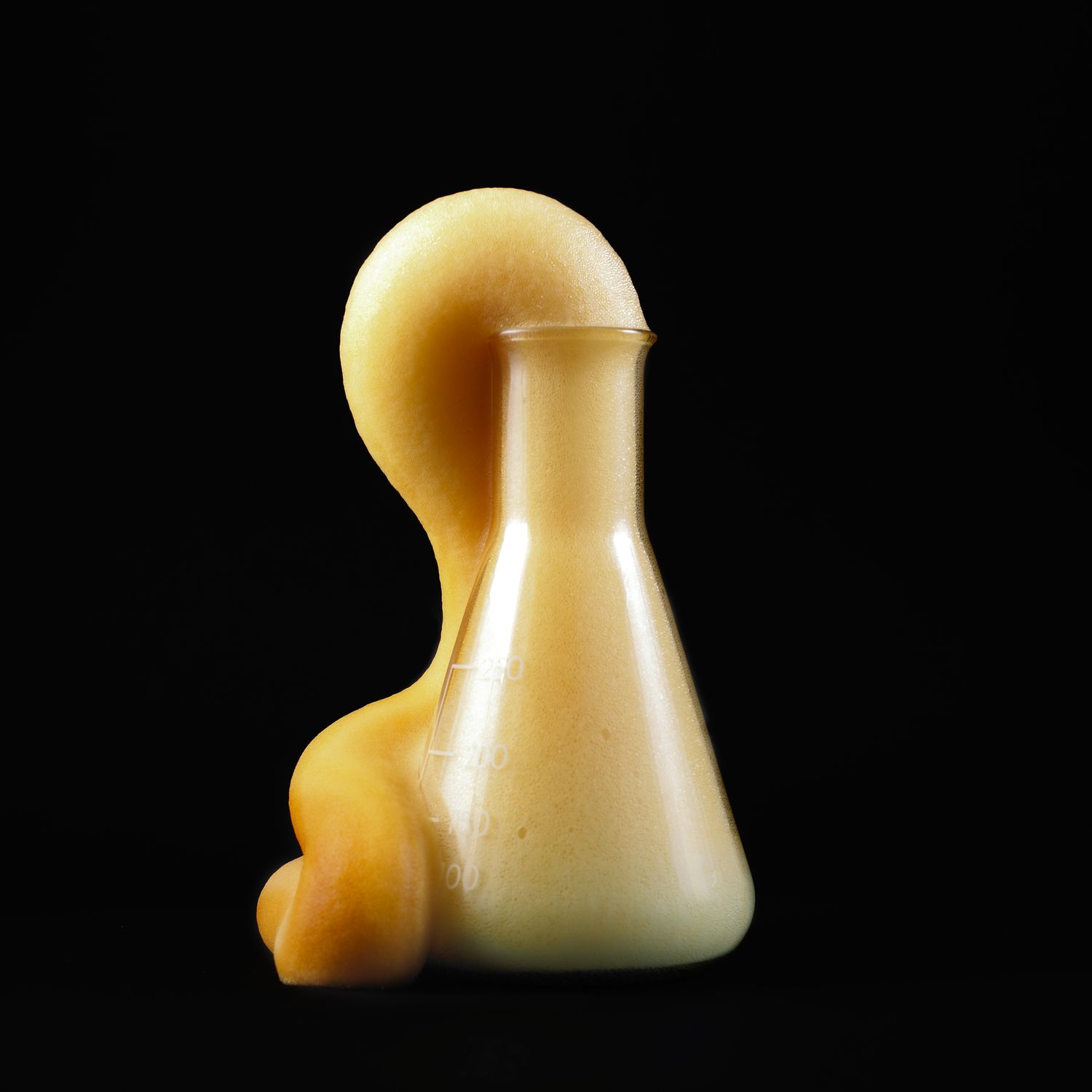
Enzymes
Making `elephant toothpaste' with molecular machines
In this activity, students learn about enzymes -- molecules produced by living things to speed up chemical reactions, including digestion. We will learn how fungi such as yeast excrete enzymes to break down food and other molecules on the outside. Catalase produced by yeast will be used to catalyze the conversion of peroxide into water and oxygen, releasing heat and making foam. Students will measure both the reaction time and the total amount of product produced and explore how these measurements depend on the amont of substrate and enzyme.
Activity dates: 10/17/2024, 5/25/2023
pdf worksheet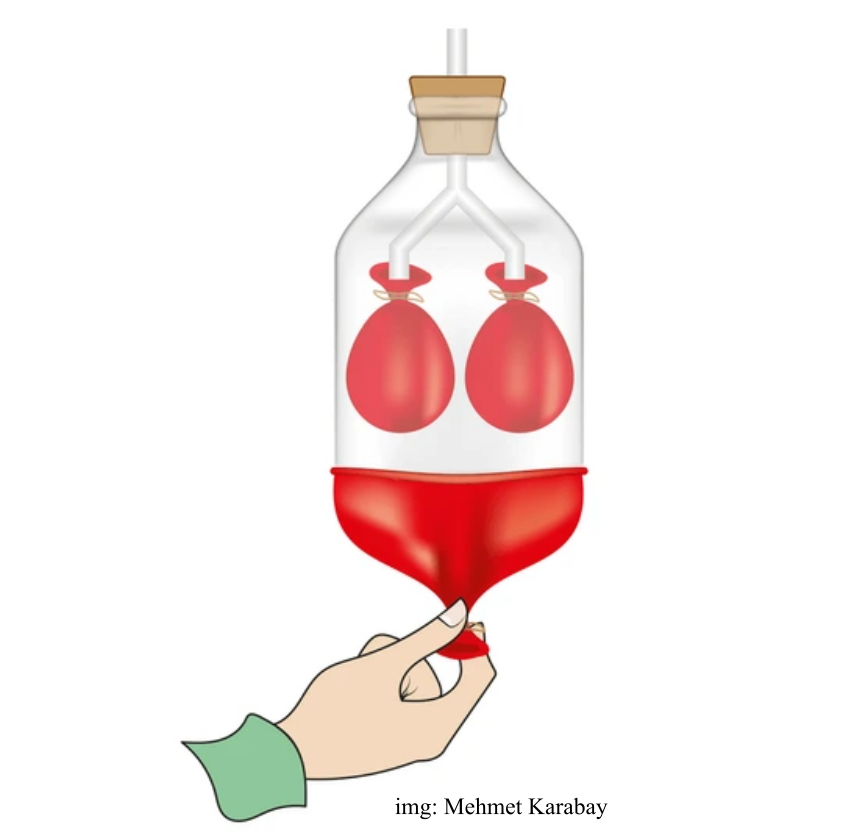
Respiratory System: Lungs
Breathing by Changing Volume and Pressure
In this activity, students will use a diving bell and a syringe to show that air takes up space and to discover the relationship between the volume and pressure of a gas. They will use balloons to build a working model of human lungs, showing how expanding the volume in the chest cavity by moving the diaphragm draws air into the lungs through the trachea.
Activity dates: 10/24/2024, 1/26/2023
(BFSU connection: lesson A3, A6)
pdf worksheetActivity Worksheets: Winter 2024; Waves, Sound, and Light
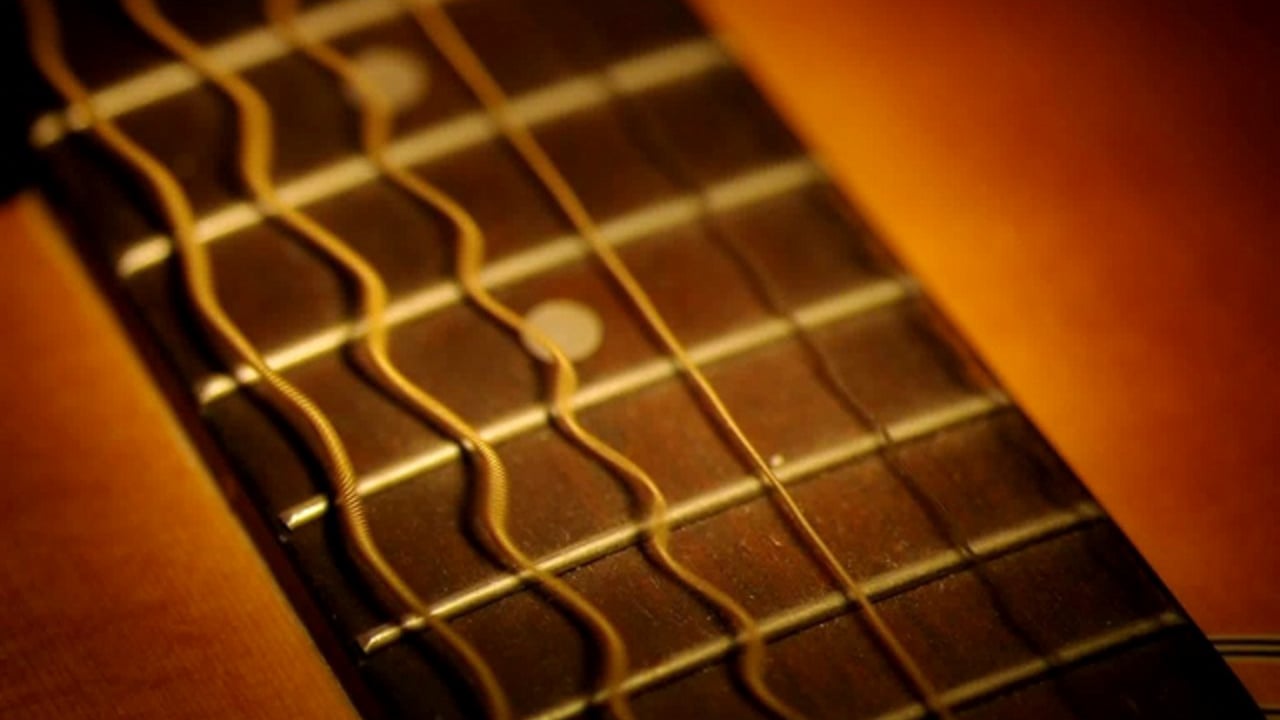
Waves and Harmonics
Visualizing string vibrations and standing waves
Students will investigate traveling waves by sending pulses through a stretched slinky, and try making standing wave patterns by shaking the slinky with the right harmonic frequencies. They will make a basic string instrument and explore how changing the tension and length of the strings affects the resulting sound.
Activity dates: 2/8/2024, 1/29/2022, 12/9/2020, 12/7/2018
(BFSU connection: lesson C2)
pdf worksheet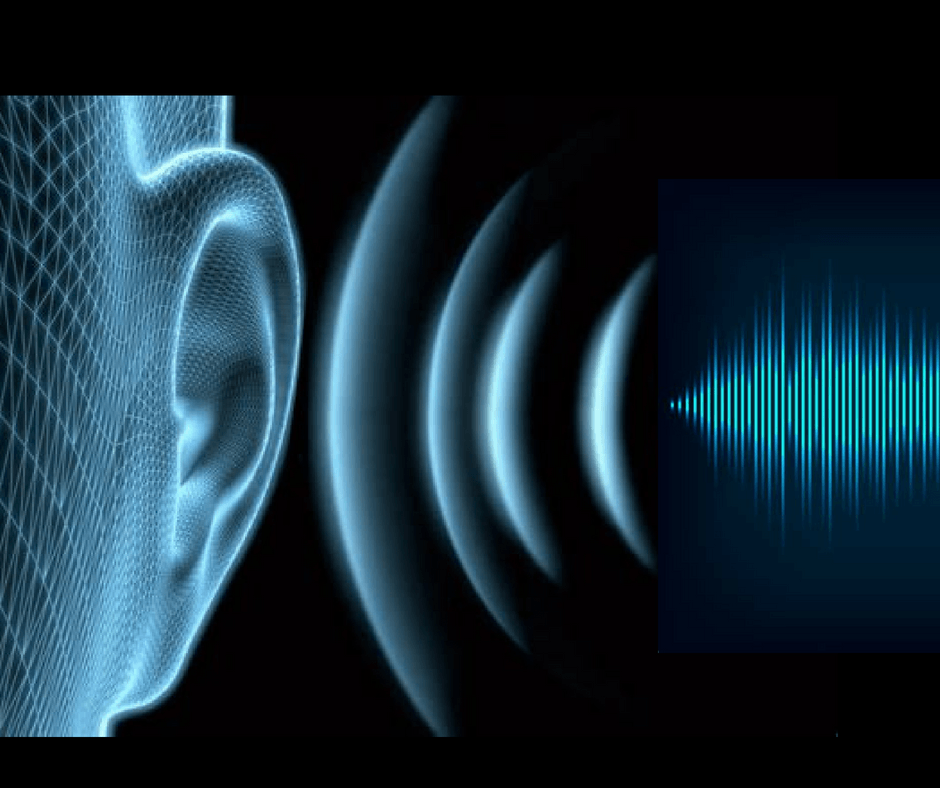
Sound and Resonance
Exploring sound waves and musical instruments
Students will visualize sound waves as vibrations moving through the air. They will make a string telephone to see how sound can be focused by moving through a tight string. They will also play with a variety of toy instruments that include a vibrating component and a resonant cavity to amplify sound.
Activity dates: 2/15/2024, 1/29/2022, 12/9/2020, 12/7/2018
(BFSU connection: lesson C2)
pdf worksheet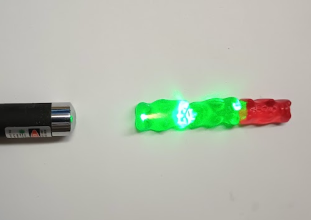
Light and Color
Adding and subtracting colors of light
Students will learn that colors correspond to frequencies of light waves, and that light can be a mixture of many frequencies. We will use rotating discs to add together colors of light (additive, or RGB model). We will also subtract colors by sending light through gummy-bear 'filters' (subtractive, CMY color model).
Activity dates: 2/29/2024
(BFSU connection: lesson C15)
pdf worksheet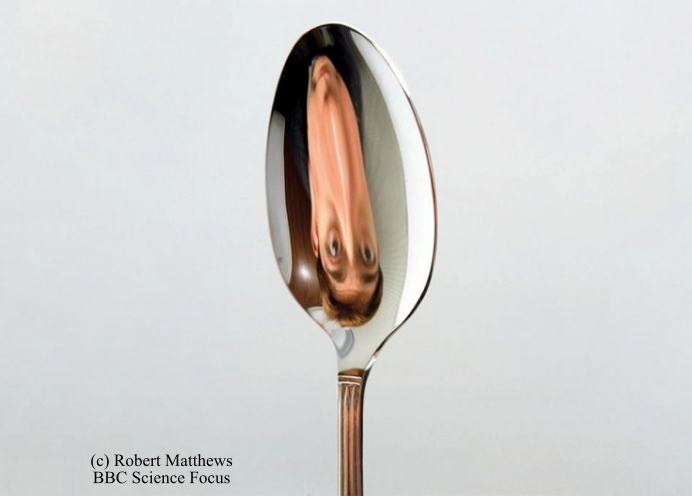
Reflection
Bouncing Light Beams and Making Images
Students will visualize light beams by shining laser pointers through juice. Light beams will reflect of straight and curved surfaces, demonstrating convergence and divergence. Images formed by curved mirrors, as well as multiple images from two mirrors at an angle will be explored. The students will make a basic kaleidoscope that produces multiple images.
Activity dates: 3/7/2024, 3/12/2021
pdf worksheet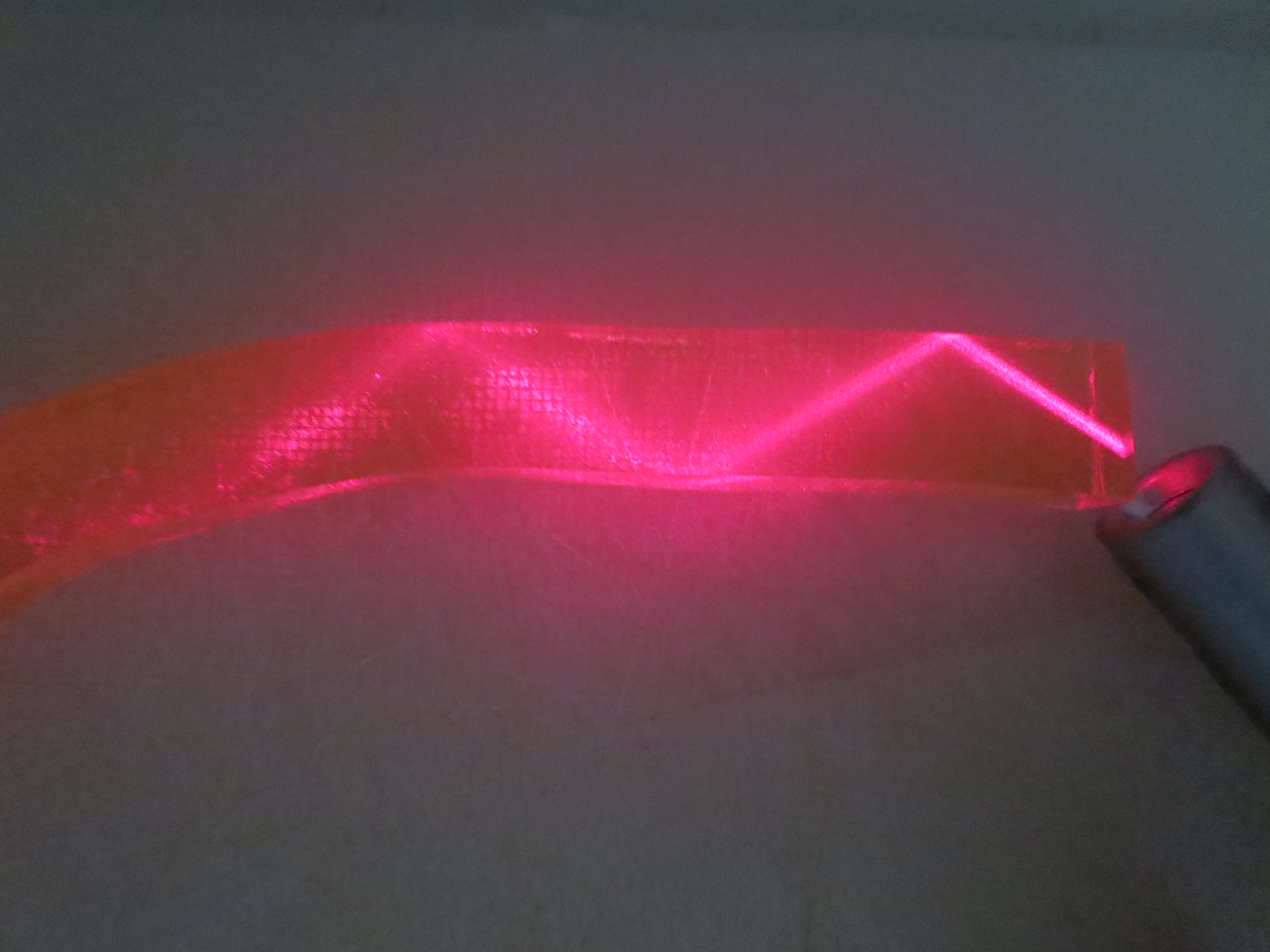
Refraction and Lenses
Bending light beams with jello
Students explore refraction by visualizing laser pointer beams bending at an air-jello interface. We cut out our own lenses from jello to see light beams converge and diverge, and discuss the optical properties of human eyes. Students also use jello strips as "fiberoptic cables" to bounce laser beams around a corner.
Activity dates: 3/21/2024, 3/5/2022, 12/17/2019, 11/19/2019
pdf worksheetActivity Worksheets: Spring 2023, Chemistry and Biochemistry

DNA Extraction
Isolating DNA from strawberries.
Students will extract DNA from strawberries and note how certain chemical reactions can change the solubility of a molecule in water, creating precipitates.
Activity by: NIH Human Genome Research Institute
Activity dates: 5/18/2023
pdf worksheet
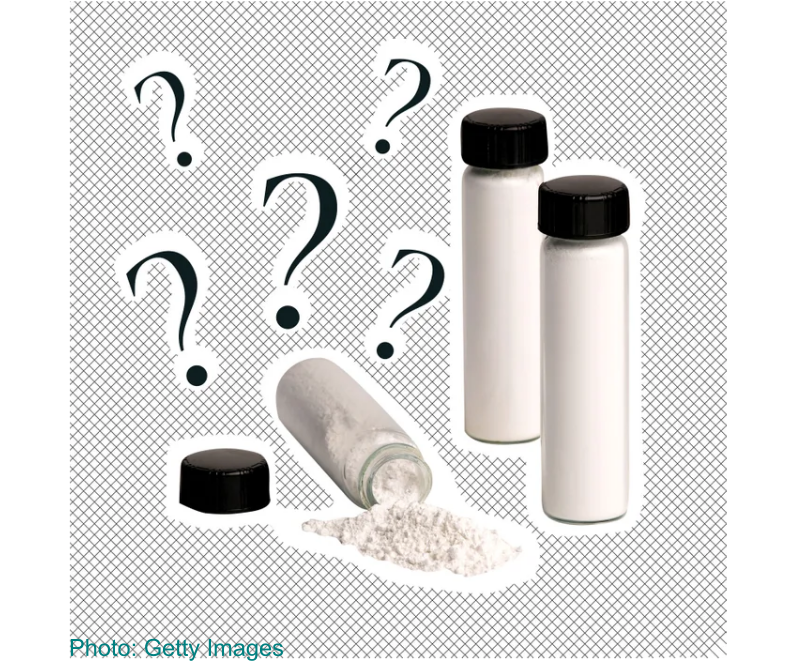
Analytical Chemistry
Identifying unknown powders
Students will be given five mystery powders to identify, using their senses as well as by running several common chemical tests. Students will measure the pH of the samples, as well as observing reactivity with water, vinegar, and iodine. Combining together observations with some deductive logic will lead them to the unique identify of each powder.
Activity by: Natalie Nady
Activity dates: 5/11/2023
pdf worksheet
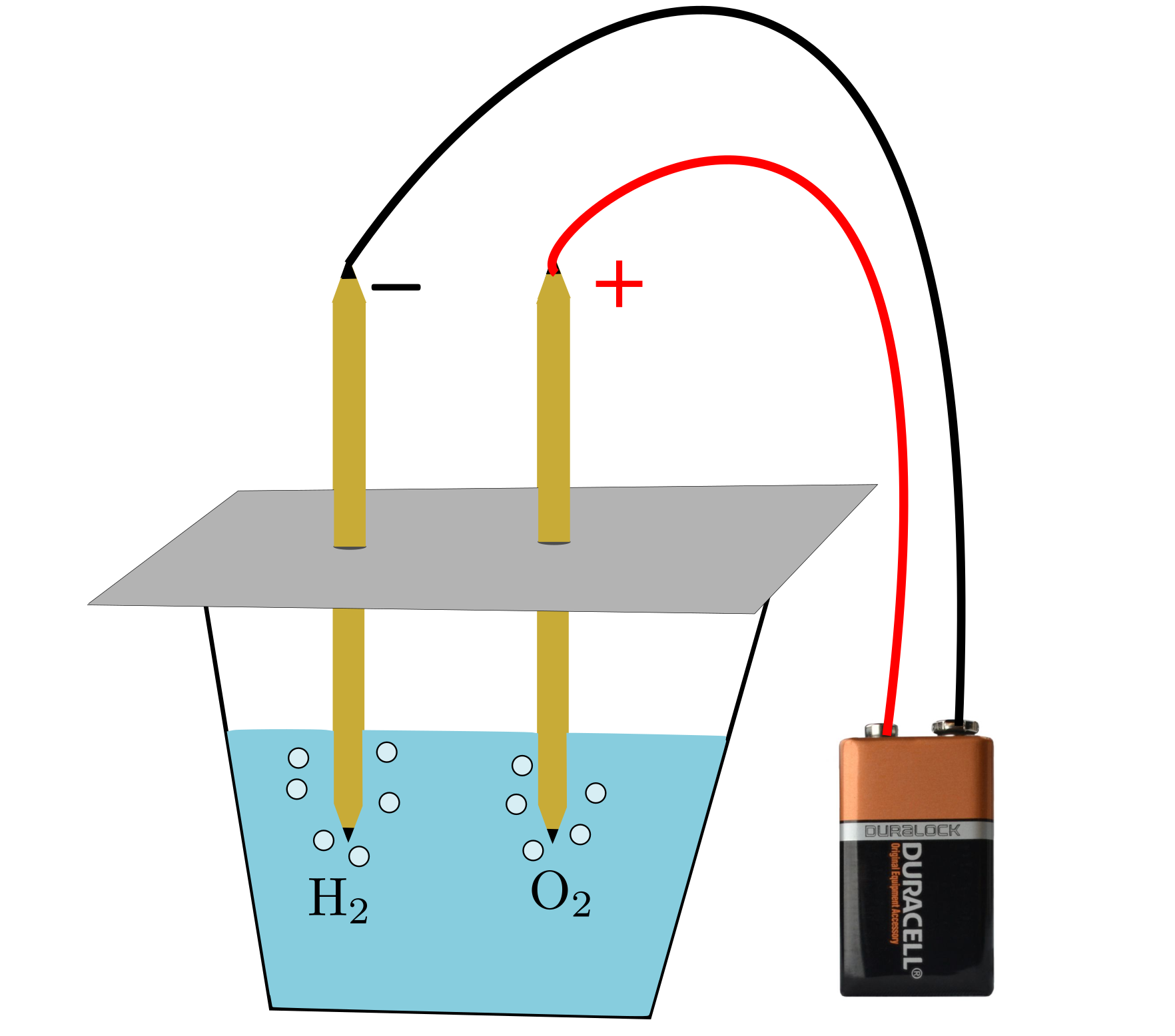
Electrolysis
Ripping electrons from water and pennies
In this activity, students will use electricity to trigger chemical reactions. By running electricity through graphite electrodes placed in salty water, they will break up water molecules into hydrogen and oxygen gas bubbles, and will make small amounts of chlorine gas. They will also use copper-coated pennies as electrodes, producing bluish-tinged copper sulphate and greenish-brown copper chloride compounds depending ont the salt solution used.
Activity dates: 5/4/2023, 9/18/2019
pdf worksheet: student version
pdf worksheet: teacher version
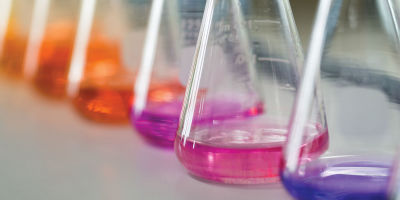
Titration
Color-changing Acids and Bases
Students will measure the pH of different house-hold substances using a home-made red cabbage indicator. They will then carry out a titration to compare two acids with similar pH. Predictions of relative acidity will be tested by measuring the total gas produced in an acid-base reaction and collected with a balloon.
Activity dates: 4/23/2023, 4/16/2021
pdf worksheet: student version
pdf worksheet: teacher version
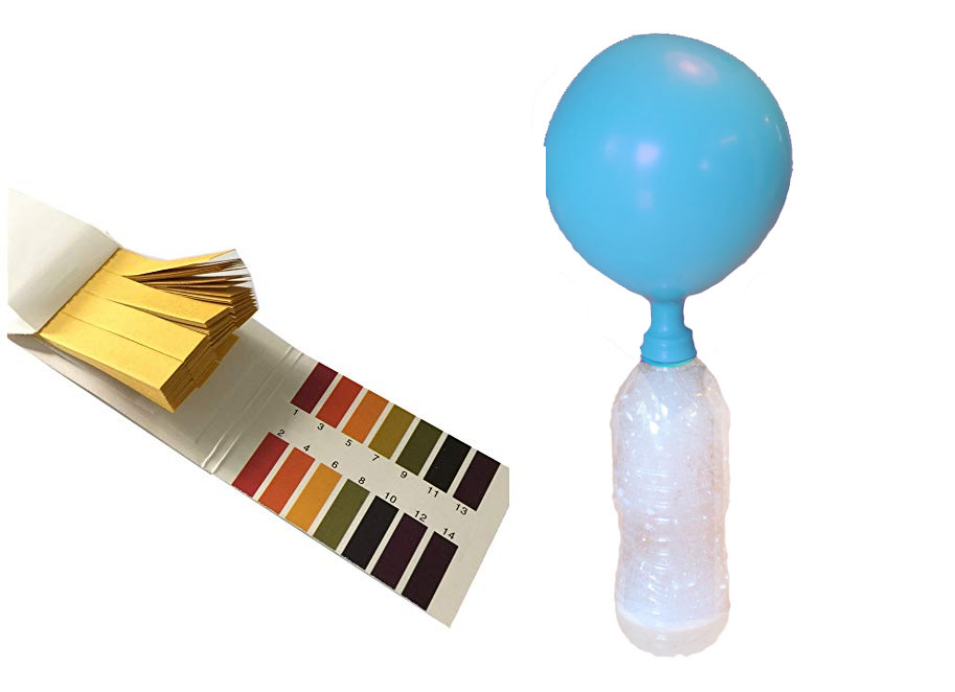
Acids and Bases
Blowing up balloons with chemical reactions
Students use pH strips to measure the pH of solutions with different concentrations of citric acid. They add the solutions to baking soda, generating carbon dioxide gas which is collected in a balloon. The extent to which the balloon inflates depends on the initial pH of the solution. Measuring pH afterwards shows whether or not all the baking soda was used up during the reaction.
Activity dates: 4/20/2023, 12/17/2019, 11/19/2019
Worksheet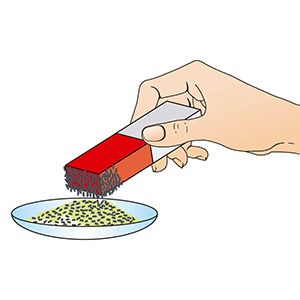
Separating Mixtures
Purifying components with physical processes.
Students will make a mixture of rice, sand, iron filings, and salt, measuring the amount put in by weight or volume. They will then use different laboratory processes (filtration, dissolution, magnetic extraction) to separate out the individual components and will measure the amount they recover. We will discuss how mixtures are made without breaking molecular bonds, so that the mixed substances can be extracted again without chemical reactions.
Activity dates: 4/13/2023
(BFSU connection: lessons A9, A14)
Worksheet (student version)Worksheet (teacher version)
Activity Worksheets: Fall 2022, Forces and Motion
Other activities from this session are being repeated in Fall 2025 and can be found above
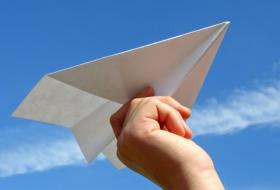
Forces and Flight
Taking Off with Paper Airplanes
Students explore the forces produced by moving air that help an airplane fly. They will experience drag and lift forces directly with paper sheets. They will then make their own paper airplanes and examine how different control flaps affect the behavior of the plane.
Activity dates: 10/13/2022, 5/14/2021
(BFSU connection: lesson C8)
pdf worksheet
Longer version worksheet
Slides from virtual activity
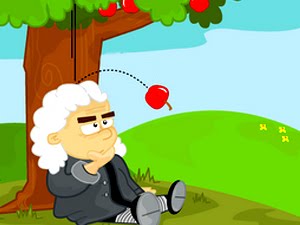
Gravity and Projectiles
Time and Range for Projectile Motion.
Students explore what factors affect how long it takes an object to fall and how far it flies while falling. A sound recording app is used to precisely measure times of flight. We learn that gravity makes heavier and lighter objects fall vertically at the same rate, regardless of how far they move horizontally.
Activity dates: 9/29/2022, 5/7/2020
pdf worksheet
Other activity worksheets from past sessions
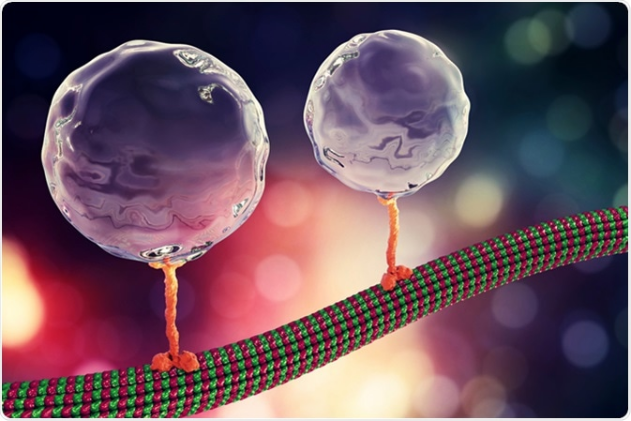
Diffusion and Random Walks
Simulating Intracellular Transport
Students will use simulations and model systems to explore how particles move through fluids in the intracellular world. First, we will simulate diffusion by mapping out random walks with dice, demonstrating how inefficient diffusion can be for transport over long distances. The students will then explore actively driven random walks by finding encounter times between hexbug nanobots in different conditions mimicking the crowded and geometrically complex environment inside living cells.
Activity dates: 6/4/2022
pdf worksheetAlternate worksheet from APS Squishy Science festival 2024, including diffusion, active transport, and density gradients
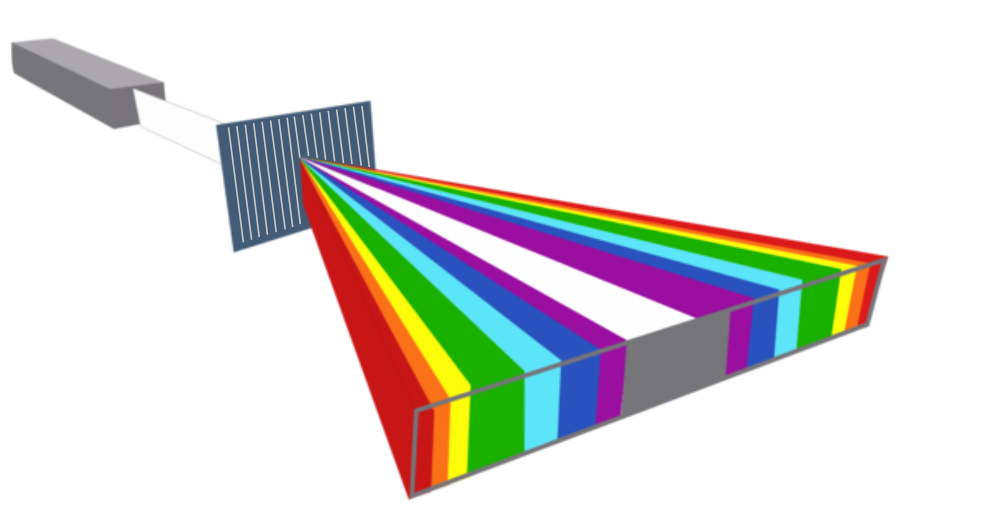
Diffraction Spectra
Patterns and Rainbows by Diffraction of Light
Students will observe diffraction spectra from light bending around a hair, and use the spectrum to compair hair thickness. Diffraction glasses are used to explore diffraction patterns and notice how different color laser beams make slightly different patterns. The glasses are then used to look at several sources of white light, noting the varying spectrum of colors in each.
Activity dates: 3/26/2022, 2/27/2020
pdf worksheet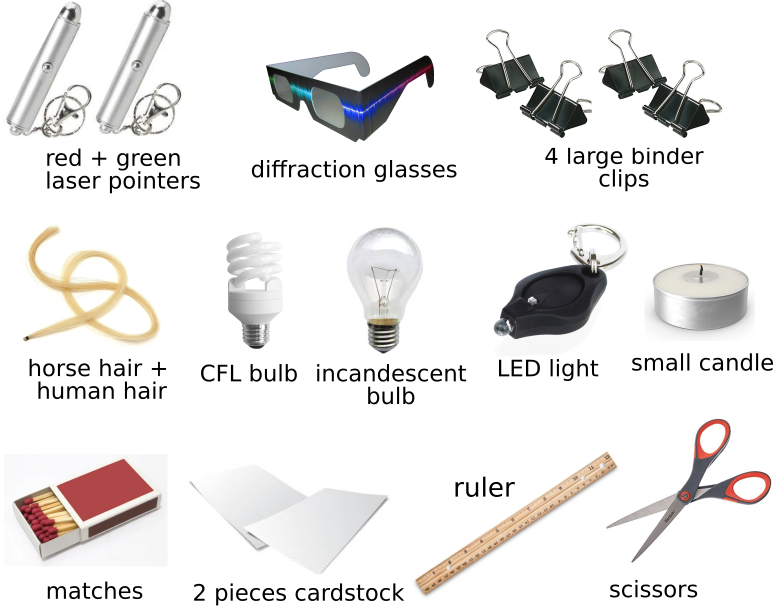
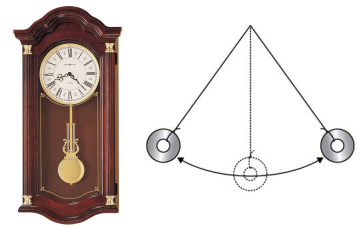
Oscillations and Resonance: Pendulums
What sets the regular swinging of a pendulum?
Students make pendulums and explore which variables affect their swinging frequency. They also observe resonance in action with coupled pendulums.
Activity dates: 3/26/2020
pdf worksheet
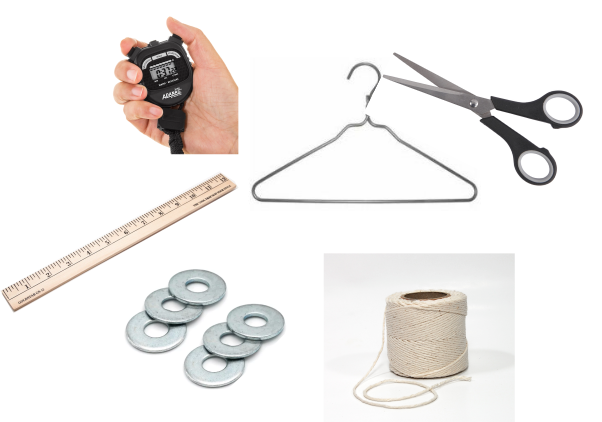
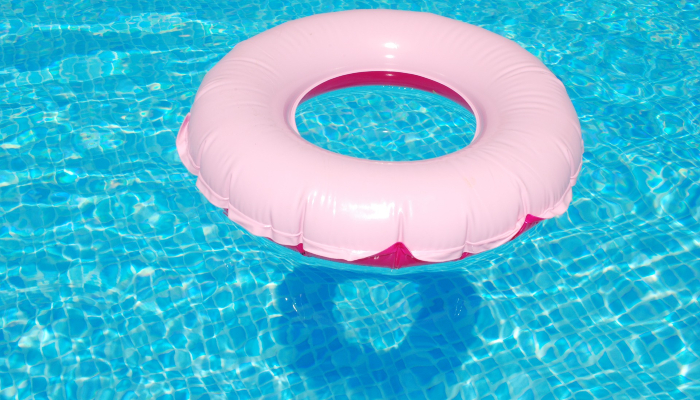
Buoyancy
What determines whether an object floats or sinks?
Students will test common hypotheses for what properties determine whether different objects float (is it size? weight?) and learn about concepts of density and buoyancy. In Part 1, we explore why Legos float while playdoh sinks. In Part 2, we compare the density of eggs, water, and oil.
Activity dates: 10/15/2020
(BFSU connection: lesson A15)
Note: This activity is being run virtually. You will need to provide your own supplies.
pdf worksheet

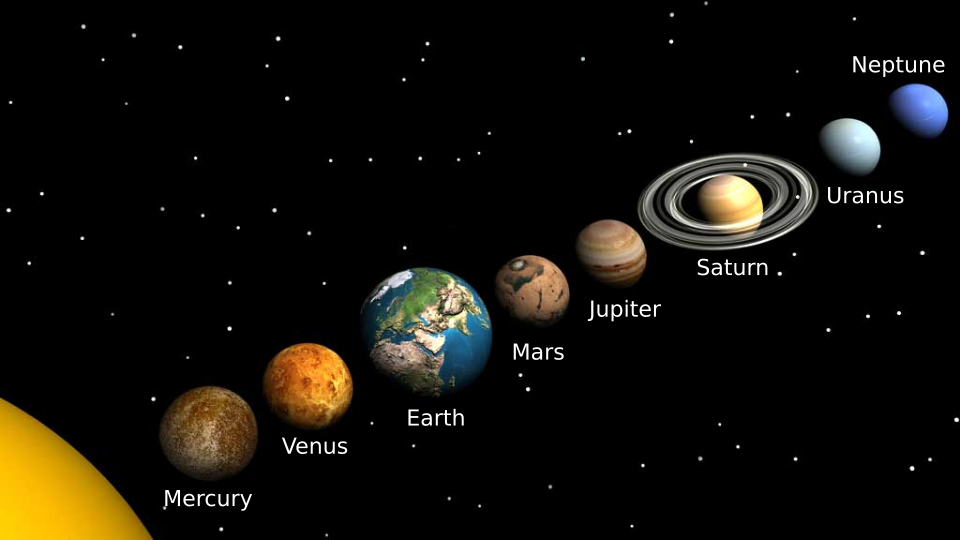
Solar System
Modeling Planets
Students put together scale models of the solar system, to explorethe distances between the planets and their relative size. We discuss why scale models are useful and what sort of information they can convey. Students will develop an intuitive sense of size for the planets and the vastness of interstellar distances.
Activity dates: 5/21/2020
Note: This activity is being run virtually. You will need to provide your own supplies.
pdf worksheet

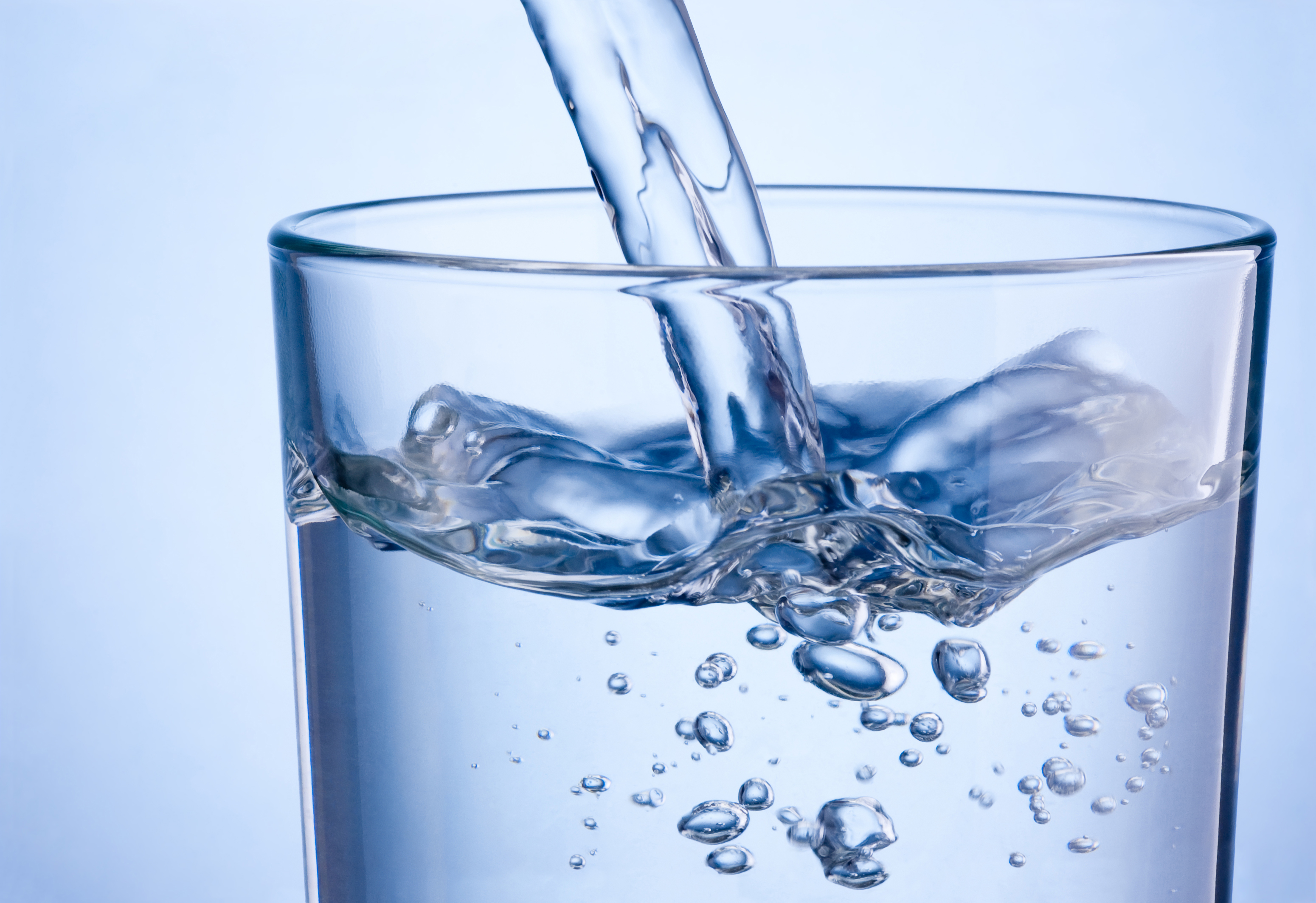
Fluids
Investigating properties of fluids.
Students will see how to change whether an object sinks or floats (density), what sets the speed of squirting water (pressure), and the changes in pressure that arise with fast air flow (Bernoulli effect).
Activity by: Michelle Chen
Activity dates: 4/16/2020
Note: This activity is being run virtually. You will need to provide your own supplies.
pdf worksheet
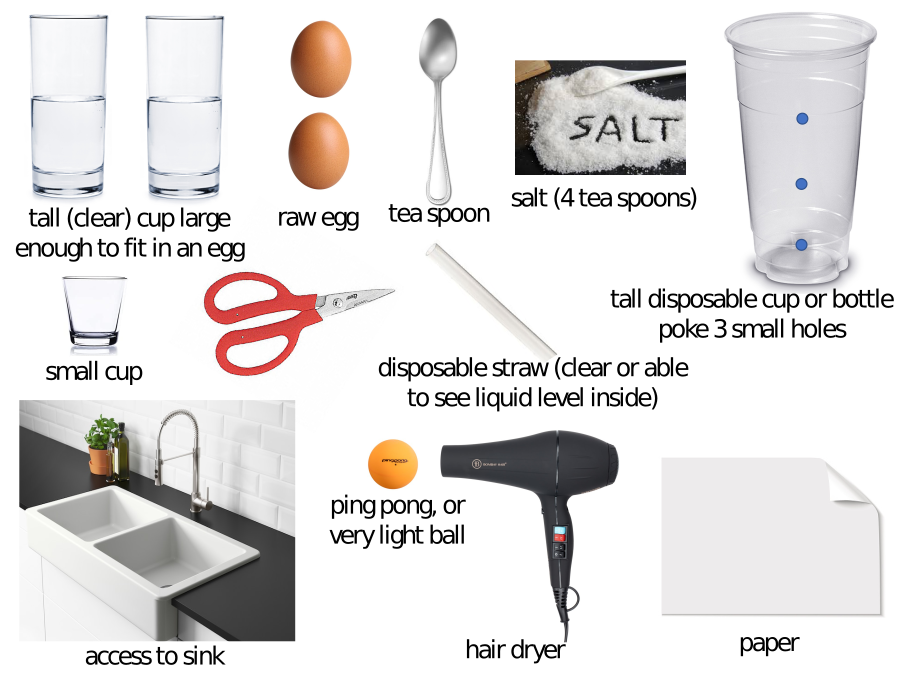
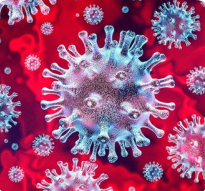
Viruses
Modeling virus spread
Students make a model of a virus and its lytic lifecycle, as well as simulating the spread of infectious diseases.
Activity by: Natalie Nady
Activity dates: 4/2/2020
Note: This activity is being run virtually. You will need to provide your own supplies.
pdf worksheet
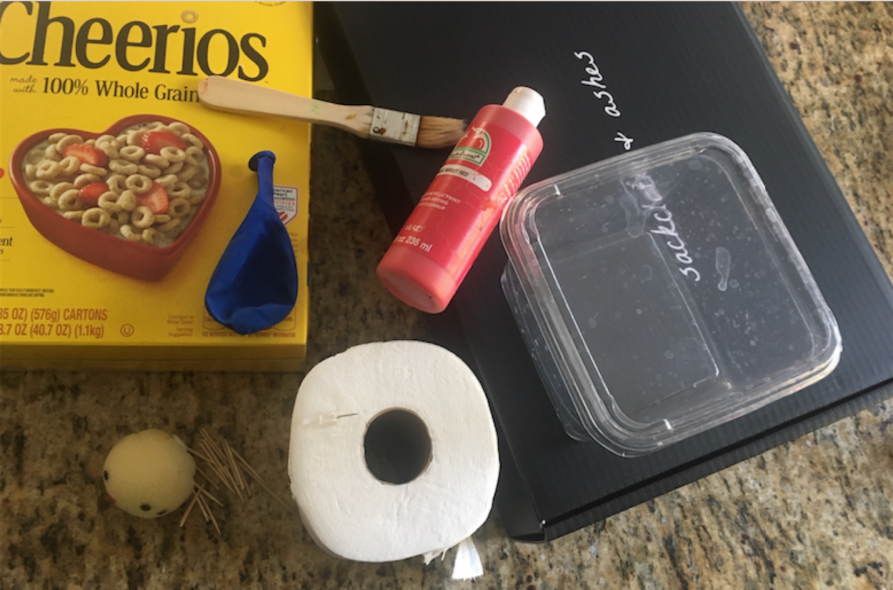
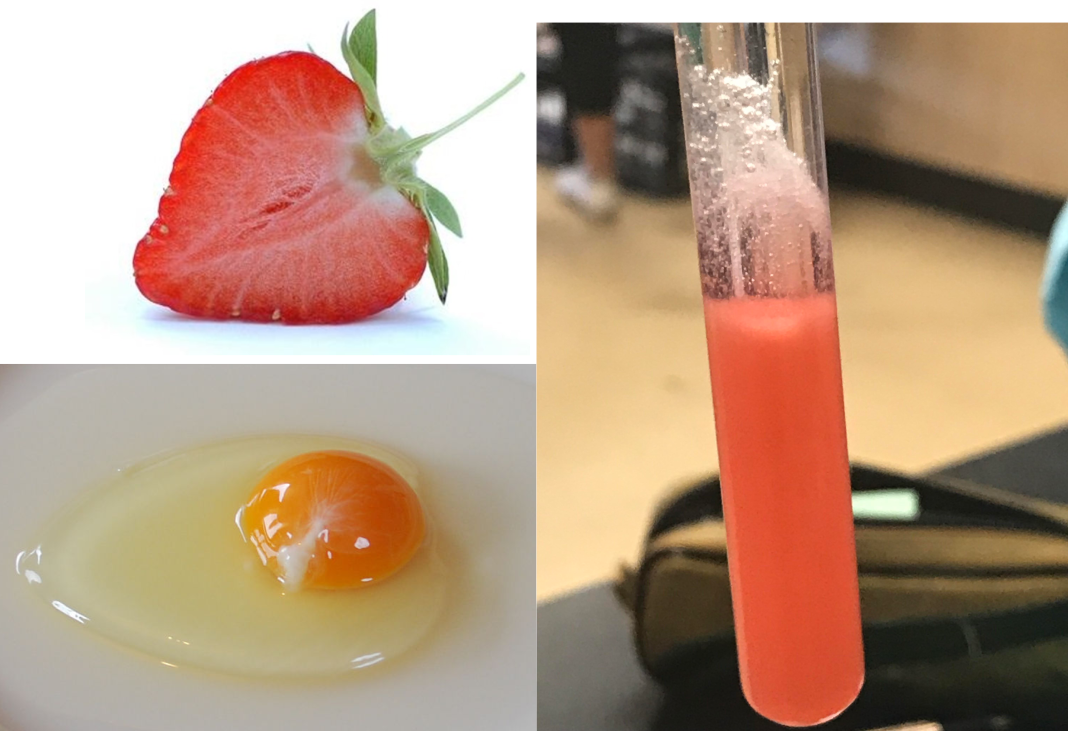
Polymers of Life: Protein and DNA
Exploring material and chemical properties of proteins from an egg and DNA from strawberries
Students learn about the physical properties of polymer solutions (viscoelastic fluids). We examine the consistency of egg whites (a dense protein solution) and how it changes when proteins are cut up by pineapple juice or unfolded by alcohol. Students then extract DNA from a strawberry using alcohol precipitation and examine its similar "slime-like" consistency.
Activity dates: 2/27/2020
Several of the above activities were modified from those developed as part of the LabSci project at Stanford University.
Several are loosely based on suggestions from the Building Foundations of Scientific Understanding curriculum (Vol 1 and 2) by Bernard J. Nebel.